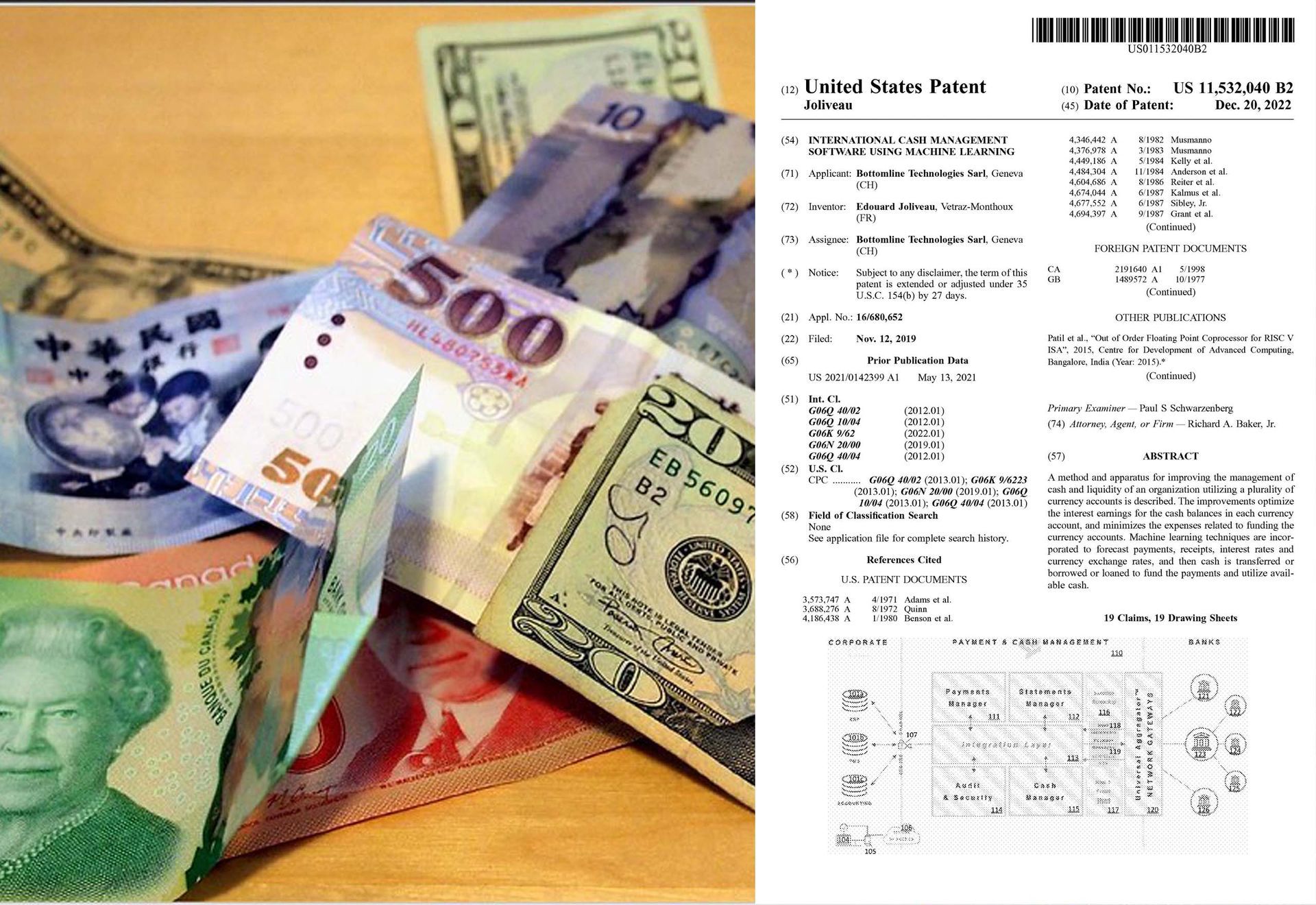SEEKING Help to Patent Your Invention? learn MORE..
Help Patent My Idea..

Did you know the USPTO gives out about 300,000 patents every year? Yet, many inventors find the patent process hard to understand. If you've ever thought, "How can I help patent my invention?", you're not alone. The path from idea to patent can seem tough, but with the right help, you can get through it.
New England Intellectual Property says you can't just patent an idea. You need a clear, useful invention. Before you start with legal steps, make sure your idea is really an invention. This means making detailed descriptions and drawings to show what you've made. Getting help with patents early can save time and avoid mistakes.
If you're wondering how to protect your invention, listen to advice and think about if people will want your innovation. These steps can make the patent process easier and protect your ideas better.
Key Takeaways
The USPTO grants about 300,000 patents each year, showing how competitive it is to get a patent.
Only inventions that are clearly defined can be patented, not just ideas.
Doing a lot of prep work can save time and avoid expensive mistakes.
Getting help with patents early makes the process smoother.
Knowing if your invention can be patented is key to protecting it well.
Understanding Patent Eligibility
To get a patent, you must understand the rules set by the USPTO. These rules say you can patent new and useful things like processes, machines, or new versions of them. But just having an idea isn't enough to get a patent.
What is Patentable?
Knowing what you can patent is key. Inventions must be new, not obvious, and useful. They must also fit into certain categories, like processes, machines, or compositions of matter. Here are some examples:
Processes: These are methods or procedures for getting a certain result.
Machines: These are devices made by people.
Manufactures: These are items made through industrial processes.
Compositions of matter: These are mixtures of chemicals or ingredients.
Not everything in these categories is patentable, though. You might need help from patent services to check if your invention is okay.
Common Pitfalls in Patent Eligibility
Inventors often run into problems when checking if their ideas are patentable. Some common issues include:
Lack of Novelty: Your invention must be new and not shared with the public before.
Obviousness: It can't be a simple improvement over what's already out there.
Abstract Ideas: Things like algorithms or math formulas aren't patentable unless they're used in a specific way.
Naturally Occurring Substances: You can't patent things that happen naturally.
Applying for a patent can be hard. Getting help from patent services is a good idea. A USPTO Patent Attorney or consultant can give you an Eligibility Opinion. This opinion looks at current laws and USPTO rules. It helps you decide if you should apply for a patent or investigate other ways to protect your idea.
Help Patent My Invention: Steps to Take
Getting a patent for your invention is a detailed process. It needs careful planning and execution. Each step is important for bringing your idea to the market. Here are the key steps to help you on this path.
The Importance of a Patent Search
Doing a patent search is key to making sure your invention is new and doesn't copy others. You search databases like the United States Patent and Trademark Office (USPTO) to see if similar inventions exist. This step helps you avoid filing for a patent on an idea that's already out there. It also shows you the competition.
Preparing a Patent Application
After checking your invention's uniqueness, prepare your patent application. This requires a lot of detail, including descriptions, drawings, and info about the inventors. Getting this right is important for the patent office to approve your application. For help with patent applications, there are resources and guides available. Being accurate and complete in your application can boost your chances of getting a patent.
Working with a Patent Lawyer
Dealing with patent filing can be tough without expert help. A patent lawyer or consultant offers valuable assistance, making the legal steps clear. They can tell you if your invention fits into a utility, design, or plant patent category. They also advise on the best steps to take. If your invention is from your job, it's important to sort out who owns it to avoid legal issues. A lawyer can guide you through all the legal and procedural steps.
Conclusion
Getting a patent is a complex process, but it's key for protecting your ideas in the U.S. Talking to a patent lawyer or consultant can really help you out. They give you the guidance and know-how you need to meet all the legal steps. A patent consultation is super useful because it gives you a clear view of the patent process and prepares your invention for approval.
It's important to know what you can patent and watch out for common mistakes. Doing thorough patent searches and making detailed patent applications is a must. An experienced patent lawyer can make these steps easier and increase your chances of success.
Securing a patent takes a lot of work, but don't give up. It's a big step in protecting your creative work. Getting a patent doesn't stop all copying, but it's a strong way to claim ownership and fight against misuse. With a good patent process guide and regular talks with a patent lawyer, you can tackle the patent system with more confidence.
FAQ
What is the first step in patenting my invention?
Start by checking if your idea is a real invention or just a concept. Look at its market potential and gather the needed documents and drawings. Talking to a patent lawyer or consultant like New England Intellectual Property can also be very helpful.
What makes an invention patentable under US law?
To be patentable, your invention must be new and useful. It could be a process, machine, manufacture, or a new improvement. But not everything can get a patent. Getting an Eligibility Opinion from a USPTO Patent Attorney is key.
Why is a patent search so important?
A patent search is crucial to make sure your invention is unique. It helps avoid conflicts with existing patents. This step can save you time and money by finding issues early.
What common pitfalls should I avoid when determining patent eligibility?
Avoid mistakes like not understanding what can be patented and not providing enough details and drawings. It's best to work with a patent attorney to get it right.
How do I start preparing a patent application?
Start by gathering detailed descriptions, drawings, and info about the inventors. This info is vital when you submit your patent application to the USPTO.
How can a patent lawyer assist me during the patent process?
A patent lawyer can help with the legal and process details of filing a patent. They can identify the true inventors and clear up ownership issues. They also help decide between utility, design, or plant patents.
What are the criteria for patent eligibility?
To be eligible for a patent, your invention must be new and useful. It could be a process, machine, manufacture, or an improvement. Getting an Eligibility Opinion from a patent attorney is a good idea to check if your invention fits.
Is there a guarantee that my patent will prevent all infringements?
Getting a patent helps protect your invention, but it's not a full guarantee against all infringements. Still, it gives you legal grounds to act against unauthorized use.
What should I consider when working with a patent lawyer?
Make sure to identify the real inventors and set clear ownership rights, especially if the invention relates to your job. A patent lawyer can guide you through these steps and help with the application process.
What are the main types of patents I can apply for?
You can apply for utility patents, design patents, or plant patents. A USPTO patent attorney can help pick the right type for your invention based on its nature and use.
What documents and drawings are necessary for a patent application?
Your patent application needs detailed descriptions, drawings, and info about the inventors. These must clearly show how the invention works and its design, so others can make it too.
How does obtaining a patent help in protecting my invention?
A patent gives you exclusive rights to your invention. This means you can stop others from making, using, selling, or importing it without you’re okay. This protection helps you defend your rights against infringement and misuse.


